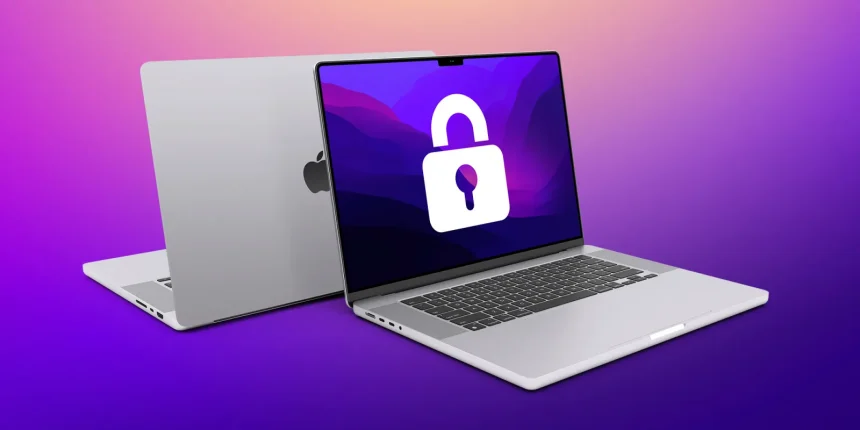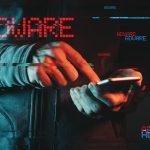Ransomware continues to plague individuals and organizations worldwide, causing immense financial and data losses. One such ransomware variant is Secplaysomware, a malicious program designed to encrypt files and demand ransom payments in exchange for their decryption. Discovered during the analysis of malware samples submitted to VirusTotal, this threat is both damaging and a stark reminder of the need for robust cybersecurity measures. In this article, we delve into the details of Secplaysomware, its mode of operation, and provide a comprehensive guide to removing it using SpyHunter. We will also outline essential preventive measures to safeguard against future infections.
Remove annoying malware threats like this one in seconds!
Scan Your Computer for Free with SpyHunter
Download SpyHunter now, and scan your computer for this and other cybersecurity threats for free!
What is Secplaysomware Ransomware?
Secplaysomware is classified as ransomware, a type of malware that encrypts a victim’s files, rendering them inaccessible until a ransom is paid. This particular ransomware appends the “.qwerty” extension to affected files. For example, files like “1.jpg” and “2.png” are renamed to “1.jpg.qwerty” and “2.png.qwerty,” respectively.
Upon encryption, Secplaysomware generates a ransom note named “UNLOCK_README.txt,” which informs victims of the attack and provides instructions for contacting the attacker via the email address tongh.za.za@gmail.com. This email’s use, particularly a Gmail address, highlights the attacker’s lack of sophistication compared to more seasoned cybercriminals who opt for anonymous email services.
Secplaysomware Ransom Note
The ransom note warns victims that their files are encrypted and urges them to contact the attacker for decryption. It typically includes:
- A statement about the encrypted files.
- An email address for contact.
- Instructions for payment, often in cryptocurrency.
Given the nature of ransomware attacks, victims are advised against paying the ransom. Cybercriminals often fail to provide decryption tools even after payment, leaving victims without their data or their money.
Technical Analysis and Symptoms
Secplaysomware exhibits the following characteristics:
- Encrypted Files: Previously accessible files now bear the .qwerty extension.
- Ransom Note: A text file named “UNLOCK_README.txt” is created, outlining the ransom demands.
- File Access Issues: Victims cannot open or access their encrypted files.
Detection Names
Various antivirus programs detect Secplaysomware under different names, such as:
- Avast: FileRepMalware [Misc]
- Combo Cleaner: Generic.Ransom.Python.AI.F29D124A
- ESET-NOD32: A Variant Of Generik.DQVVFJJ
- Kaspersky: UDS:Trojan-Ransom.Win32.Agent
- Microsoft: Trojan:Win32/Caynamer.A!ml
How Does Secplaysomware Infect Devices?
Secplaysomware can infiltrate systems through various means, including:
- Email Attachments: Malicious attachments containing macros.
- Pirated Software: Downloads from unreliable sources.
- Torrent Websites: Files shared on peer-to-peer networks.
- Malicious Advertisements: Links leading to infected sites or downloads.
- Exploited Vulnerabilities: Weaknesses in outdated operating systems and software.
Victims often unknowingly activate ransomware by opening infected files or installing compromised programs.
Removing Secplaysomware Ransomware
Remove annoying malware threats like this one in seconds!
Scan Your Computer for Free with SpyHunter
Download SpyHunter now, and scan your computer for this and other cybersecurity threats for free!
To effectively remove Secplaysomware and protect your system from further damage, we recommend using SpyHunter, a powerful anti-malware tool designed to detect and eliminate ransomware threats. Below is a step-by-step guide:
Step 1: Disconnect from the Internet
Immediately disconnect your device from the internet to prevent the ransomware from spreading to other devices or networks.
Step 2: Boot into Safe Mode
- Restart your computer and press the F8 key repeatedly during startup.
- Select Safe Mode with Networking from the advanced boot options.
Step 3: Download and Install SpyHunter
Download and install the software on your computer.
Step 4: Perform a Full System Scan
- Launch SpyHunter and initiate a full system scan.
- Wait for the scan to identify threats, including Secplaysomware.
Step 5: Remove Detected Threats
- Once the scan is complete, review the detected threats.
- Click the Remove button to eliminate all ransomware components.
Step 6: Restore Files
If you have backups, restore your encrypted files from a secure location. Avoid using the infected system for this purpose until it is fully cleaned.
Preventing Future Ransomware Infections
While removing ransomware is essential, prevention is the best strategy. Follow these best practices to minimize the risk of future infections:
Regular Backups
- Backup critical files regularly.
- Store backups on an external drive or a secure cloud service.
Update Software and Operating Systems
Keep your operating system and software up-to-date to patch vulnerabilities.
Use Antivirus Software
Install reliable antivirus software and keep it updated to detect threats in real-time.
Be Cautious with Email Attachments
- Avoid opening emails from unknown senders.
- Do not download attachments unless you trust the source.
Avoid Untrusted Websites
Steer clear of torrent websites and suspicious links.
Enable Firewall Protection
Use a robust firewall to monitor and block suspicious activity.
Educate Yourself
Stay informed about the latest cybersecurity threats and safe online practices.
Conclusion
Secplaysomware ransomware is a destructive threat that encrypts files and demands payment from victims. However, with tools like SpyHunter and preventive measures, you can effectively protect your data and mitigate the risks associated with such attacks. Remember, staying vigilant and proactive is the key to safeguarding your digital assets.
Secplaysomware’s Text File (“UNLOCK_README.txt“)
Text in the ransom note:
===== Secplaysomware =====
Your files have been encrypted.
Please contact me at tongh.za.za@gmail.com to unlock your files.





